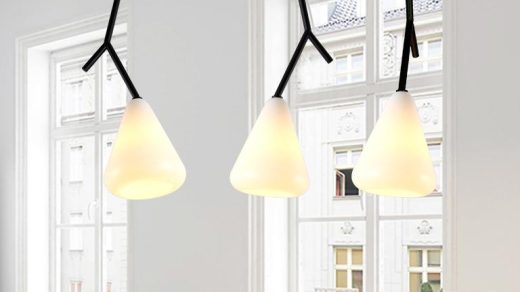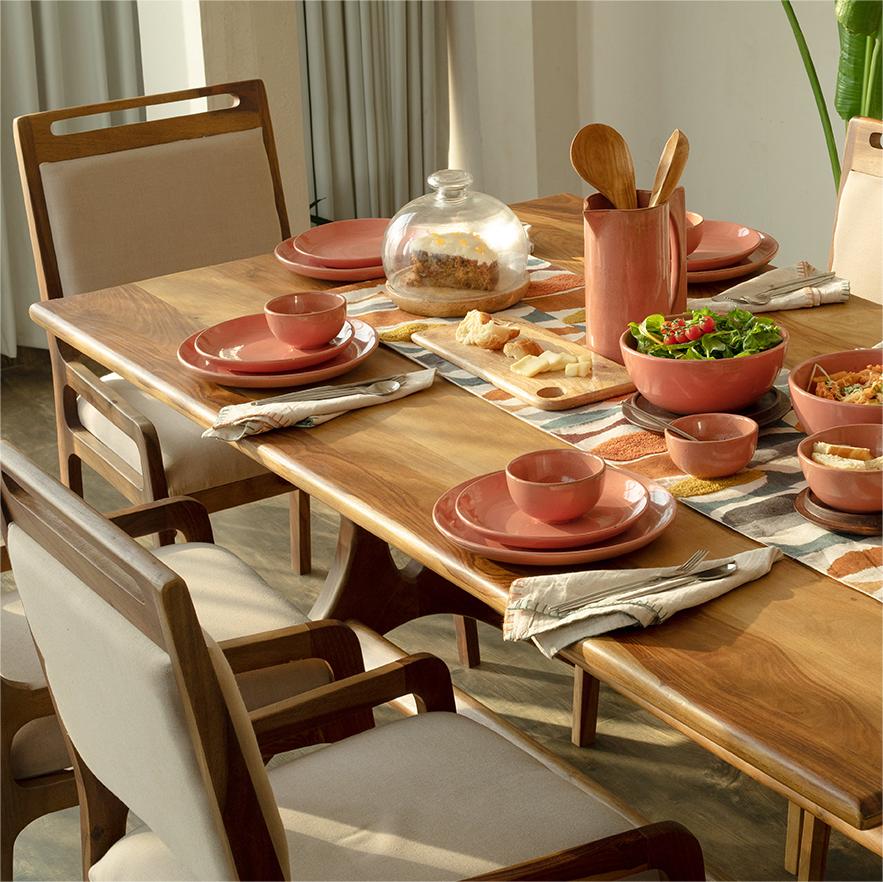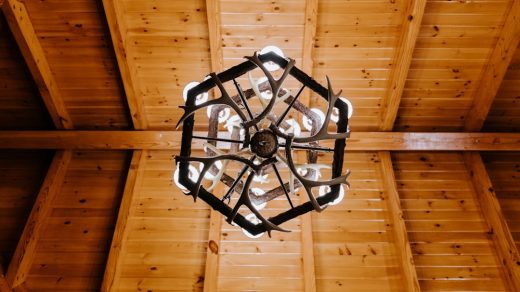Selecting Top-Notch Kitchen Wall Lights
The kitchen is often referred to as the heart of the home, a space where culinary creativity flourishes and family gatherings take place. Given its multifunctional role, the importance of proper lighting in this area cannot be overstated. Kitchen wall lights serve as a crucial element in creating an inviting atmosphere while also enhancing functionality.
They provide targeted illumination for specific tasks, such as food preparation and cooking, ensuring that every corner of the kitchen is well-lit. This is particularly important in areas where shadows can obscure details, such as countertops and stovetops. By strategically placing wall lights, homeowners can significantly improve visibility, making cooking safer and more enjoyable.
Moreover, kitchen wall lights Kronolighting contribute to the overall aesthetic appeal of the space. They can serve as decorative elements that complement the kitchen’s design theme, whether it be modern, rustic, or traditional. The right lighting can transform a mundane kitchen into a stylish and welcoming environment.
Wall lights can also create layers of light, adding depth and dimension to the room. This layered lighting approach not only enhances the visual interest but also allows for flexibility in ambiance, enabling homeowners to adjust the mood according to different occasions—be it a casual family dinner or an elegant gathering with friends.
Types of Kitchen Wall Lights
Exploring Kitchen Wall Light Options
When it comes to kitchen wall lights, there is a diverse array of options available, each offering unique features and benefits. Sconces are among the most popular choices; they can be mounted at various heights and come in numerous styles, from sleek and contemporary to ornate and vintage. Sconces can be used to highlight artwork or architectural features, providing both functional and decorative lighting.
Task Lighting for Work Areas
Another common type is the wall-mounted task light, which is specifically designed to illuminate work areas such as countertops or sinks. These lights often feature adjustable arms or heads, allowing users to direct light precisely where it is needed most.
Modern and Ambient Lighting Options
In addition to sconces and task lights, there are also LED strip lights that can be installed along the edges of cabinets or shelves. These lights offer a modern touch and can create a soft glow that enhances the kitchen’s ambiance without being overpowering. Pendant lights, while typically hung from ceilings, can also be mounted on walls in certain configurations to provide focused lighting in specific areas.
Creating a Well-Lit Kitchen Space
Each type of wall light serves a distinct purpose and can be combined creatively to achieve a well-lit and visually appealing kitchen space.
Factors to Consider When Selecting Kitchen Wall Lights
Selecting the right kitchen wall lights involves several considerations that go beyond mere aesthetics. One of the primary factors is the brightness of the light source, measured in lumens. A well-lit kitchen requires adequate brightness to ensure safety and efficiency during food preparation and cooking.
Homeowners should assess their specific lighting needs based on the size of their kitchen and the tasks performed within it. For instance, a larger kitchen may require multiple light sources to achieve uniform illumination, while smaller spaces might benefit from fewer but strategically placed fixtures. Another critical factor is the color temperature of the light, which can significantly influence the kitchen’s atmosphere.
Lights with a warmer color temperature (around 2700K to 3000K) create a cozy and inviting environment, while cooler temperatures (above 4000K) offer a more clinical feel that may be preferable for task-oriented areas. Additionally, homeowners should consider energy efficiency when selecting wall lights. LED options are increasingly popular due to their longevity and lower energy consumption compared to traditional incandescent bulbs.
By choosing energy-efficient lighting solutions, homeowners not only reduce their environmental impact but also save on electricity bills over time.
Placement and Installation of Kitchen Wall Lights
The placement of kitchen wall lights is crucial for achieving optimal functionality and aesthetics. Ideally, wall lights should be positioned at eye level or slightly above to minimize glare while maximizing illumination. For task lighting, such as above countertops or sinks, fixtures should be installed close enough to provide direct light without casting harsh shadows.
A common practice is to place sconces on either side of a mirror or artwork to create balanced lighting that enhances visual appeal. Additionally, wall lights can be used to highlight architectural features or design elements within the kitchen, drawing attention to unique aspects of the space. Installation of kitchen wall lights requires careful planning and consideration of electrical requirements.
Homeowners should ensure that their chosen fixtures are compatible with existing wiring and that they adhere to local building codes. If new wiring is necessary, it may be advisable to consult with a licensed electrician to ensure safety and compliance. Furthermore, dimmer switches can be incorporated into the installation process, allowing for adjustable brightness levels that cater to different activities and moods within the kitchen.
Proper installation not only enhances functionality but also ensures that the lighting fixtures remain secure and visually appealing.
Matching Kitchen Wall Lights with Overall Kitchen Design
Integrating kitchen wall lights with the overall design theme of the space is essential for creating a cohesive look. The style of the fixtures should complement existing elements such as cabinetry, countertops, and appliances. For instance, if a kitchen features sleek stainless steel appliances and minimalist cabinetry, modern wall lights with clean lines and metallic finishes would harmonize beautifully with this aesthetic.
Conversely, in a farmhouse-style kitchen characterized by rustic wood accents and vintage decor, wall lights with an antique finish or industrial design would enhance the overall charm. Color plays a significant role in matching wall lights with kitchen design as well. Fixtures in colors that echo other elements in the room—such as cabinet colors or backsplash tiles—can create a unified appearance.
Additionally, homeowners should consider the scale of their wall lights in relation to other furnishings in the kitchen; oversized fixtures may overwhelm smaller spaces while petite lights might get lost in larger areas. By thoughtfully selecting wall lights that align with the kitchen’s design language, homeowners can elevate their space’s aesthetic appeal while ensuring functional lighting needs are met.
Energy Efficiency and Sustainability of Kitchen Wall Lights
The Benefits of LED Bulbs
In today’s environmentally conscious world, energy efficiency has become a paramount consideration when selecting kitchen wall lights. Traditional incandescent bulbs consume significant amounts of energy and have shorter lifespans compared to modern alternatives like LED bulbs. LEDs not only use up to 80% less energy but also last significantly longer—often exceeding 25,000 hours—making them an excellent choice for sustainable living.
Saving Energy and Reducing Carbon Footprint
By opting for energy-efficient lighting solutions, homeowners can reduce their carbon footprint while enjoying substantial savings on their electricity bills over time. Moreover, many manufacturers are now focusing on sustainability by producing fixtures made from eco-friendly materials or incorporating smart technology that allows for better energy management.
Smart Lighting Systems for Enhanced Energy Savings
Smart lighting systems enable users to control their wall lights remotely or set schedules for when they turn on and off, further enhancing energy savings. This advanced technology allows homeowners to optimize their energy consumption and minimize waste.
A Positive Impact on the Environment
As sustainability becomes increasingly important in home design, choosing energy-efficient kitchen wall lights not only benefits individual households but also contributes positively to broader environmental efforts.
Maintenance and Cleaning of Kitchen Wall Lights
Maintaining kitchen wall lights is essential for ensuring their longevity and optimal performance over time. Regular cleaning helps prevent dust buildup that can diminish brightness and affect the overall appearance of fixtures. Depending on the material of the wall lights—be it glass, metal, or plastic—cleaning methods may vary.
For glass fixtures, a simple solution of warm water and mild detergent can effectively remove grime without scratching surfaces. Metal fixtures may require specific cleaners designed for their finish to avoid tarnishing or corrosion. In addition to routine cleaning, homeowners should periodically check for any signs of wear or damage to electrical components.
This includes inspecting wiring for fraying or exposed areas and ensuring that bulbs are functioning correctly. If any issues are detected, it is advisable to address them promptly to prevent further damage or safety hazards. By committing to regular maintenance practices, homeowners can keep their kitchen wall lights looking fresh while ensuring they continue to provide effective illumination for years to come.
Budgeting for Kitchen Wall Lights
When planning for kitchen wall lights, budgeting is an essential aspect that requires careful consideration. The cost of fixtures can vary widely based on factors such as style, material quality, brand reputation, and technology features like smart capabilities or energy efficiency ratings. Homeowners should establish a realistic budget that encompasses not only the cost of purchasing the fixtures but also installation expenses if professional help is required.
It’s wise to allocate funds for potential additional costs such as dimmer switches or wiring upgrades that may arise during installation. Additionally, investing in high-quality lighting may yield long-term savings through reduced energy consumption and lower replacement costs due to longer lifespans of modern fixtures like LEDs. Homeowners should also explore various retailers—both online and brick-and-mortar—to find competitive pricing while keeping an eye out for sales or discounts that could make quality lighting more affordable.
By thoughtfully budgeting for kitchen wall lights, homeowners can achieve their desired aesthetic without compromising on quality or functionality.




